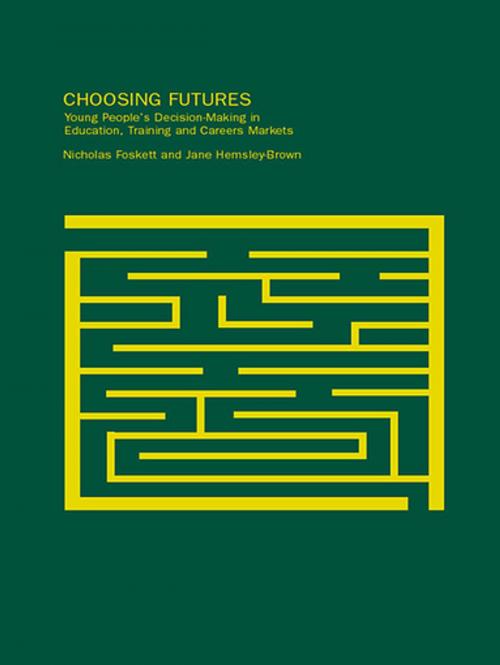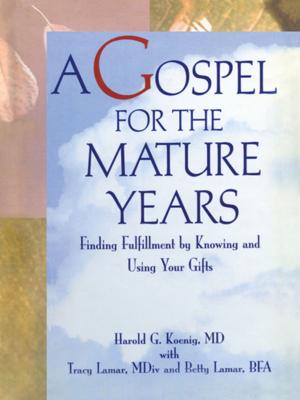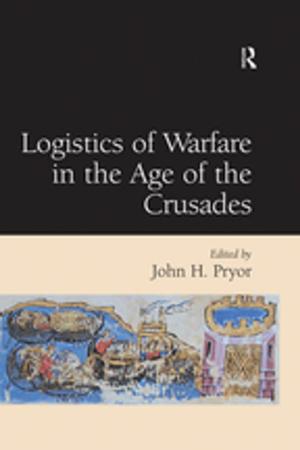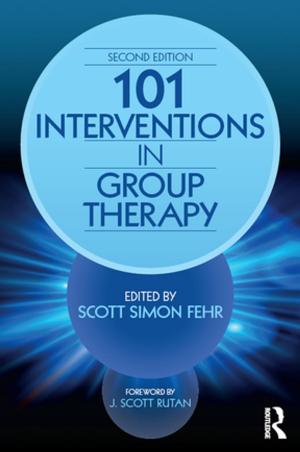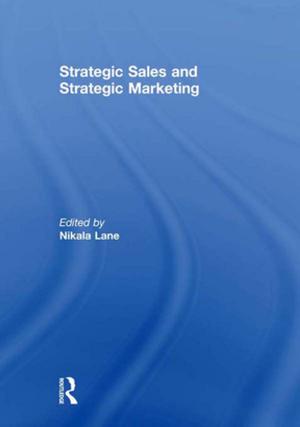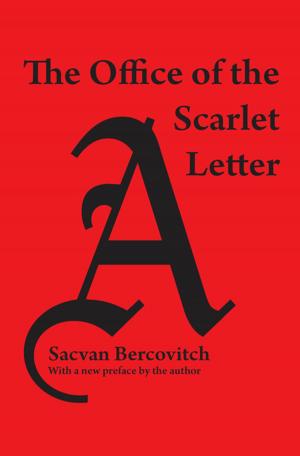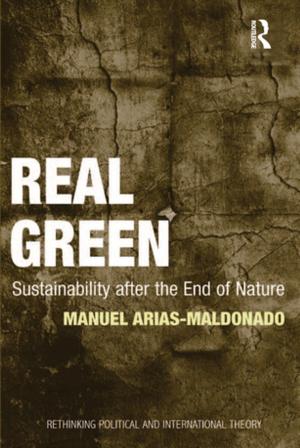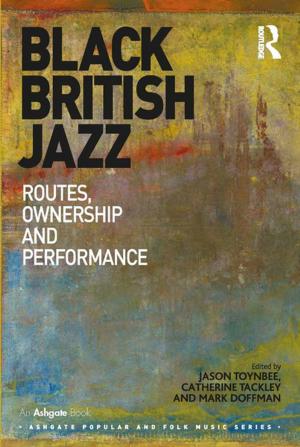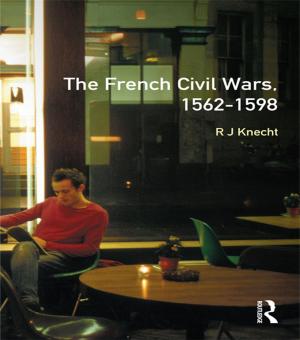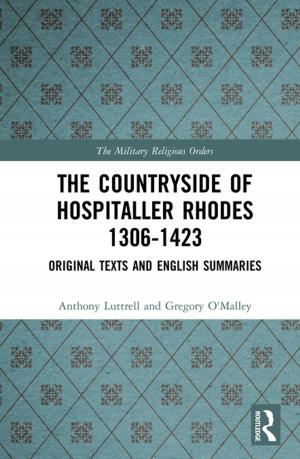| Author: | Nicholas Foskett, Jane Hemsley-Brown | ISBN: | 9781134572564 |
| Publisher: | Taylor and Francis | Publication: | November 1, 2002 |
| Imprint: | Routledge | Language: | English |
| Author: | Nicholas Foskett, Jane Hemsley-Brown |
| ISBN: | 9781134572564 |
| Publisher: | Taylor and Francis |
| Publication: | November 1, 2002 |
| Imprint: | Routledge |
| Language: | English |
Education is becoming more competitive - choice in education is now a key issue. This book will help parents, schools, colleges, universities and policy makers understand how education and training markets work. Choosing Futures offers a wide ranging perspective on how young people, and their parents, make choices as they travel through a lifetime of education and training. The authors challenge traditional views of how choices are made of primary school, secondary school, college, university and career, which assume that choices are rational and objective. Instead this book reveals how choices depend upon a range of factors:
*young people's personal experiences
*individual and family histories
*perceptions of education and careers.
The book compares choice for 5 to 11 year olds, and for 16 and 18 year olds; drawing out models of the decision making process, and at the same time the consequences on schools, colleges and individuals of 'enhanced choice'.
Education is becoming more competitive - choice in education is now a key issue. This book will help parents, schools, colleges, universities and policy makers understand how education and training markets work. Choosing Futures offers a wide ranging perspective on how young people, and their parents, make choices as they travel through a lifetime of education and training. The authors challenge traditional views of how choices are made of primary school, secondary school, college, university and career, which assume that choices are rational and objective. Instead this book reveals how choices depend upon a range of factors:
*young people's personal experiences
*individual and family histories
*perceptions of education and careers.
The book compares choice for 5 to 11 year olds, and for 16 and 18 year olds; drawing out models of the decision making process, and at the same time the consequences on schools, colleges and individuals of 'enhanced choice'.
